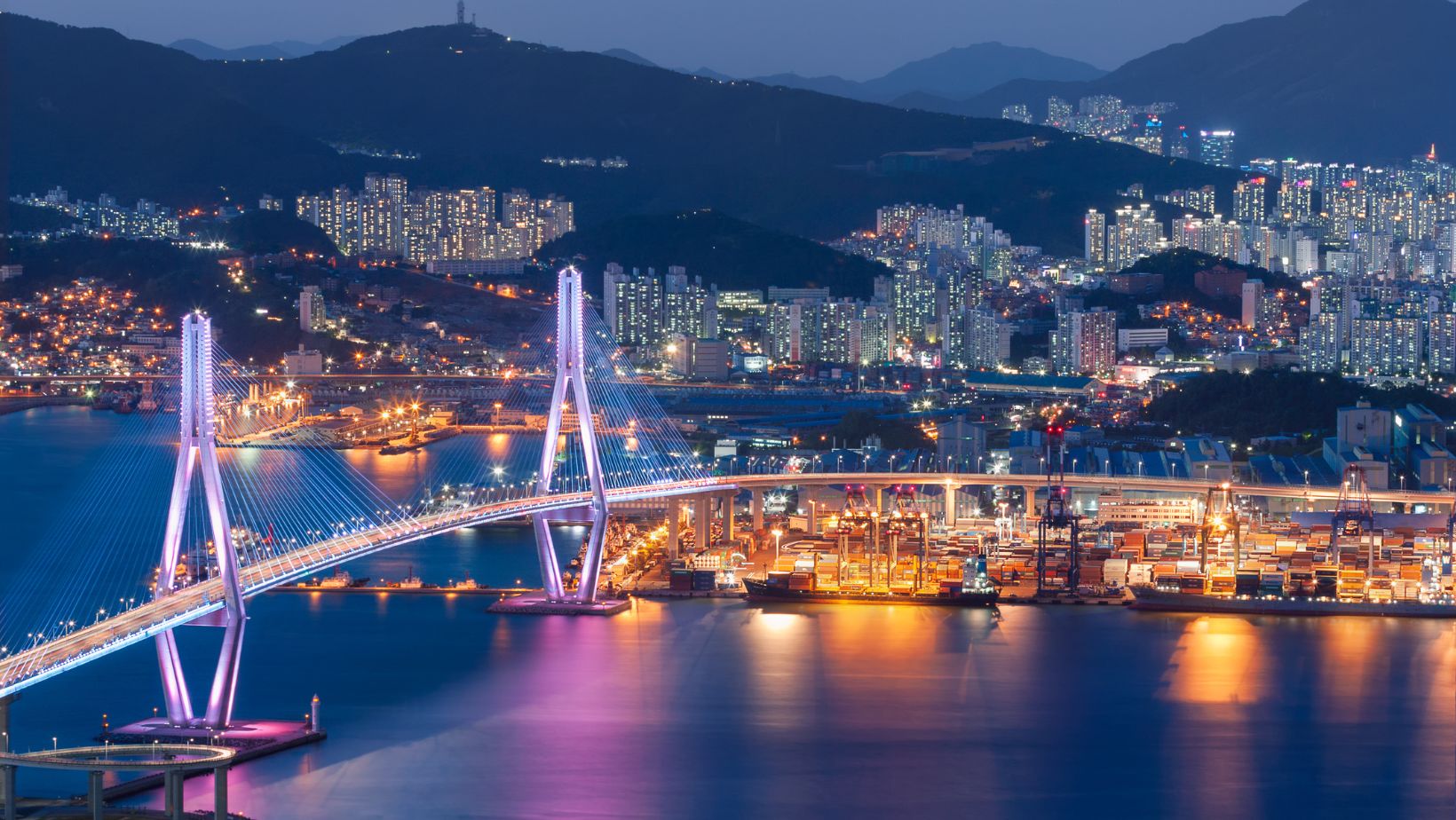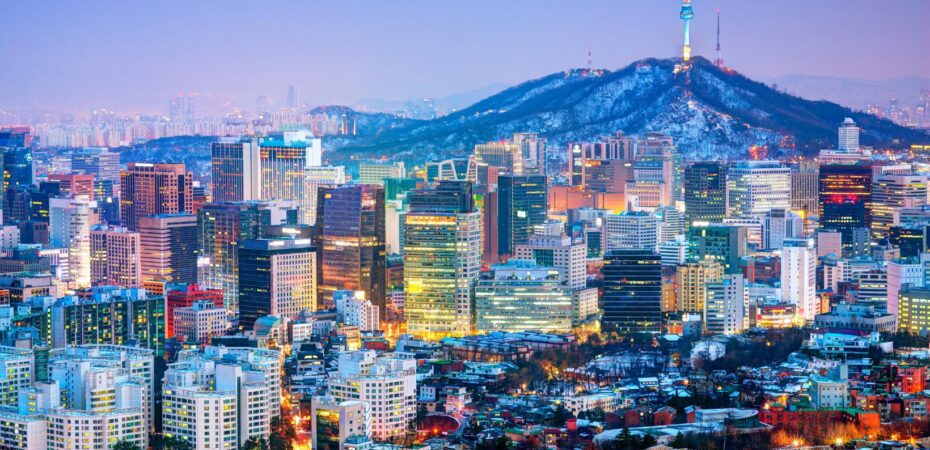Distance Between Seoul And Busan
Seoul and Busan are two of the most vibrant and populous cities in South Korea. As a first-time traveler, it’s crucial to have a clear understanding of the distance between these two destinations. The straight-line distance between Seoul and Busan is approximately 325 kilometers (202 miles). However, keep in mind that the actual distance traveled may vary depending on the mode of transportation you choose and the specific route you take. So, let’s take a closer look at the different options available for traveling between these two cities.
Distance Between Seoul And Busan
Overview
The distance between Seoul and Busan, two major cities in South Korea, is approximately 325 kilometers (202 miles) in a straight line. However, the actual distance traveled may vary depending on the mode of transportation and the specific route taken.
By Road
For those traveling by car, the driving distance between Seoul and Busan is approximately 414 kilometers (257 miles). The journey typically takes around 4-5 hours, depending on traffic conditions and the chosen route. The most common route is the Gyeongbu Expressway, which connects the two cities and offers a smooth and efficient travel experience.
By Train
The KTX train, South Korea’s high-speed rail system, provides a convenient and time-efficient option for traveling between Seoul and Busan. The KTX offers a travel time of around 2 hours and 40 minutes, making it the fastest way to reach Busan from Seoul. The trains are modern, comfortable, and equipped with amenities, allowing passengers to relax and enjoy the journey.

Factors Affecting The Distance
Geographical Factors
The distance between Seoul and Busan can be influenced by several geographical factors. Here are a few key considerations:
- Topography: The mountainous terrain in some areas between Seoul and Busan can impact the route options and the overall distance traveled. While there are highways and roads that traverse these mountains, they may add some extra mileage to the journey.
- Water Bodies: Rivers and bodies of water, such as the Han River and the Nakdong River, are found along the route between Seoul and Busan. Depending on the specific route taken, these water bodies may require detours or crossings, which can affect the distance traveled.
Transportation Infrastructure
The availability and quality of transportation infrastructure play a significant role in determining the distance between Seoul and Busan. Here are a few factors to consider:
- Highways: The South Korean expressway system is well-developed and connects Seoul to Busan. The choice of highways taken can impact the distance traveled. For example, taking the Gyeongbu Expressway, which is the most direct route, can result in a shorter distance compared to alternative routes.
- Railway Network: The KTX (Korea Train Express) is a high-speed rail service that operates between Seoul and Busan. With its efficient infrastructure, the KTX offers a direct route, minimizing the distance traveled and reducing travel time significantly.
- Airports: While not directly affecting the distance between the two cities, the availability of airports in Seoul and Busan provides an alternative mode of transportation. Air travel can be a quicker option, particularly for travelers with limited time, but it may require additional travel to and from the airports.
Traffic Conditions
Traffic conditions can have a noticeable impact on the time it takes to travel between Seoul and Busan. Here are a few factors to consider:
- Peak Hours: Like any major urban areas, Seoul and Busan experience peak hours when traffic congestion is more likely. Traveling during these times may increase the travel time due to slower traffic flow.
- Road Construction: Ongoing road construction projects can lead to temporary detours or traffic diversions, potentially affecting the distance traveled and increasing travel time.
- Accidents and Incidents: Unforeseen accidents or incidents on the road can cause delays and impact the overall travel time. Staying updated on traffic reports and planning accordingly can help minimize the impact of these unforeseen events.
Conclusion
The distance between Seoul and Busan can be influenced by various factors such as topography, water bodies, transportation infrastructure, and traffic conditions. South Korea’s well-developed expressway system and the efficient KTX train provide direct routes that minimize travel distance and reduce overall travel time. However, it is essential to be aware of potential delays caused by traffic congestion during peak hours or ongoing road construction projects. By planning ahead and considering these factors, travelers can optimize their travel time and reach their destination in a timely and efficient manner. Whether it’s for business or leisure, understanding the distance between Seoul and Busan and taking appropriate measures can ensure a smooth and enjoyable journey.


 By
By 



